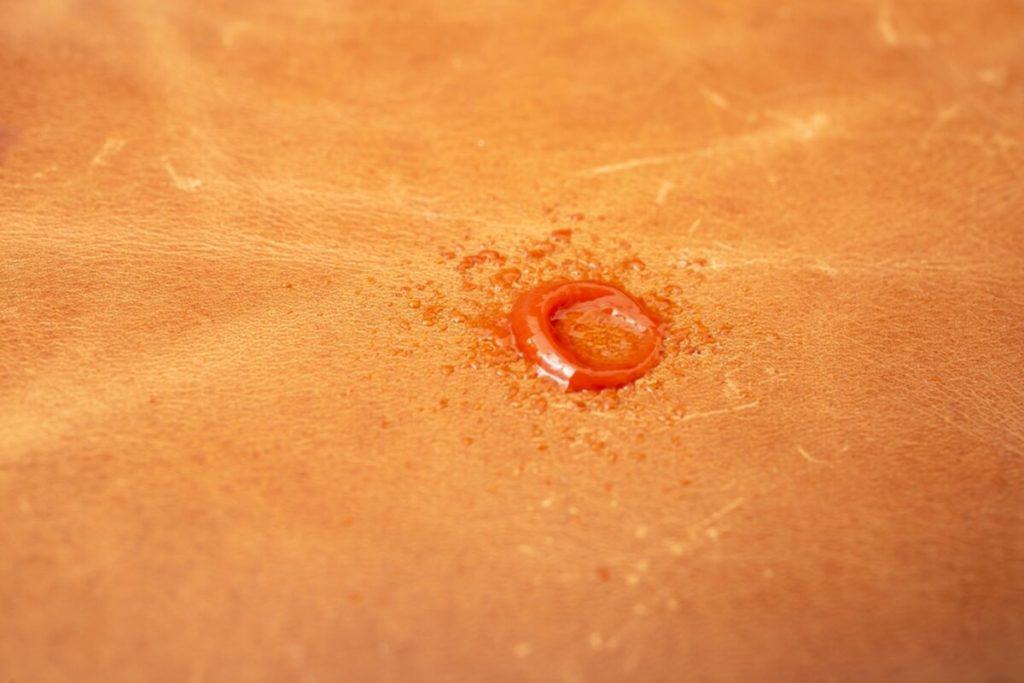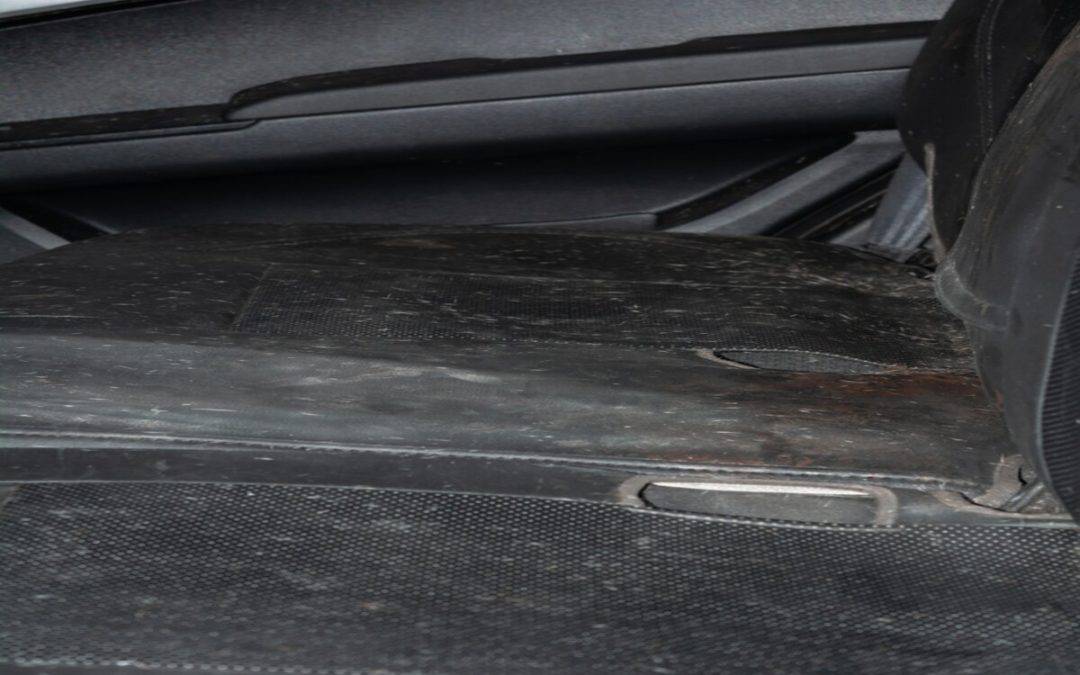Blood stains on car seats need immediate attention to prevent them from setting and causing permanent damage. These protein-based stains can be challenging to clean, but using the right techniques can make the process easier. This guide provides step-by-step instructions to safely and efficiently remove blood from a car seat, regardless of the upholstery type.
Why Quick Action Matters
Blood stains can set quickly, especially when exposed to heat. This means that waiting too long to address the issue can make the stain harder to remove. Acting promptly not only increases your chances of completely removing the stain but also helps preserve the integrity of your car’s upholstery.
How to Remove Blood from a Car Seat
Assess the Upholstery Material
Before jumping into cleaning, determine the type of material your car seat is made of. Cloth upholstery is porous and prone to soaking up liquids, leather requires gentler handling to prevent cracking or discoloration, and vinyl is generally easier to clean but still needs care to avoid scratching or dulling the surface.
Blot, Don’t Rub
Using a clean, white cloth or paper towel, blot the stain gently to absorb as much blood as possible. Avoid rubbing, as this can push the blood deeper into the fibers.
Cold Water Rinse
For cloth upholstery, dampen a cloth with cold water and dab the stain. Cold water prevents the blood proteins from setting. Avoid soaking the area, as excess water can seep into the seat padding, leading to mold or unpleasant odors.
Cleaning Solutions for Blood Stains
Mild Detergent Solution
Mix a small amount of liquid dish soap or laundry detergent with cold water. Use a soft cloth to apply the solution to the stain and gently dab. Rinse the area with a damp cloth to remove any soap residue.
Hydrogen Peroxide
Hydrogen peroxide is effective for breaking down blood stains on cloth and vinyl seats. Apply a small amount directly to the stain and let it sit for a minute. Blot with a clean cloth and rinse thoroughly. Avoid using this method on leather, as it may cause discoloration.
Leather Cleaner
If your car seat is leather, use a leather-specific cleaner or a mix of equal parts vinegar and water. Apply the solution with a microfiber cloth and gently clean the stained area. Follow up with a leather conditioner to keep the material supple.
Apply a Disinfectant
Once the stain has been successfully removed, it’s important to disinfect the area to eliminate any lingering bacteria. Choose a disinfectant that is safe for your upholstery type. For cloth and vinyl seats, a diluted solution of rubbing alcohol or a commercial fabric-safe disinfectant can be applied with a clean cloth. For leather seats, use a disinfectant specifically designed for leather or a mild vinegar solution to avoid damaging the material. Allow the area to air dry completely before using the seat.
Tips to Avoid Permanent Staining
Act quickly to address the stain, avoid using hot water, and repeat cleaning steps if necessary. Always test cleaning solutions on a hidden area of the seat to ensure they don’t damage the material.
When to Seek Professional Help
If the stain persists after multiple attempts or if you’re unsure about handling delicate materials, consider professional cleaning services. Experts have specialized tools and products to safely remove even the most stubborn stains without harming your car’s interior.
Conclusion

Removing blood from a car seat doesn’t have to be a daunting task. With prompt action, the right cleaning solutions, and proper care, you can tackle the stain effectively while preserving your car’s upholstery. Remember to tailor your approach to the type of material and always test cleaning solutions before applying them. By following these steps, you can keep your car’s interior looking as good as new. If you need further assistance, contact Scene Clean today.



